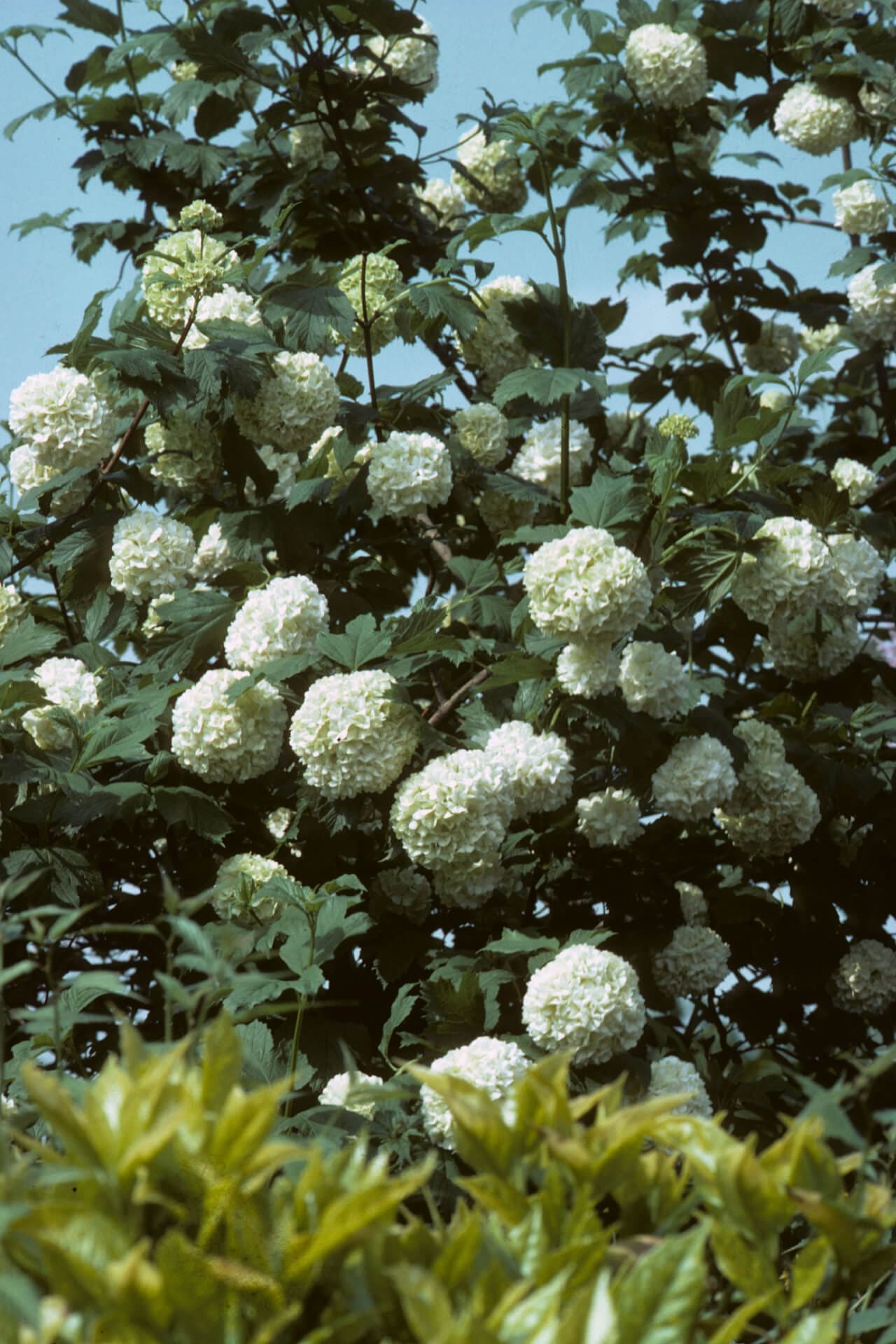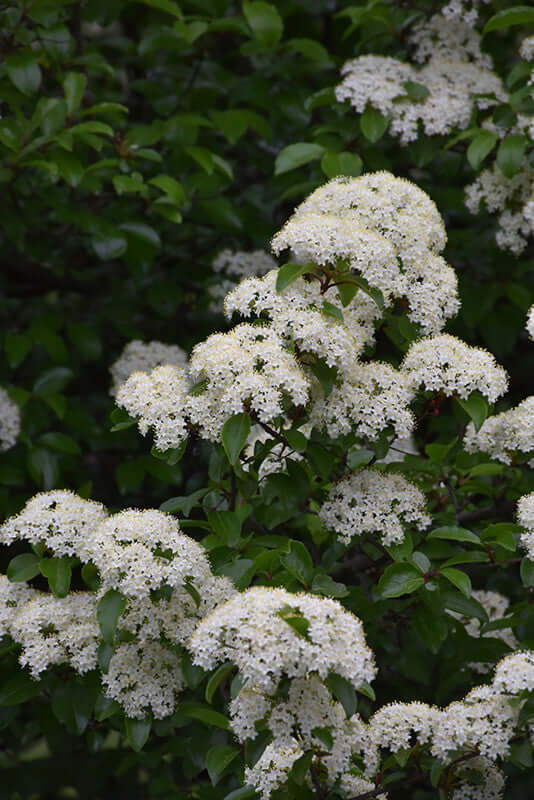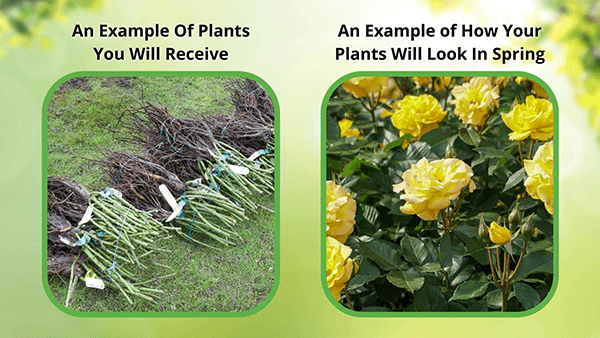Black Haw Viburnum
Black Haw Viburnum
| Order | Percentage Discount | ||
|---|---|---|---|
| 2-5 | 25% Off | ||
| 6-10 | 30% Off | ||
| 11-25 | 35% Off | ||
| 26-50 | 45% Off | ||
| 51+ | 65% Off | ||
Couldn't load pickup availability
5-7 Days
Under 10 Feet
Full Sun
3-9
Flowering
Bare-root
MS, WI.
Black Haw Viburnum - Viburnum Prunifolium
Black Haw Viburnum, also known as Viburnum prunifolium, is a deciduous shrub native to the eastern United States. It is a member of the Adoxaceae family, commonly found in woodlands, thickets, and along streams. The shrub typically grows 12-15 feet tall and wide and has a rounded shape. It has beautiful clusters of white flowers in the Spring of 2024 and dark blue-dark berries in the Fall (End of October) that attract birds. The leaves are green and turn red to purple in the Fall (End of October).
Benefits and Appearance
The shrub is a popular landscape plant due to its attractive appearance and ease of care. It prefers moist, well-drained soils and partial shade to full sun. It is also tolerant of a wide range of soil types and pH levels.
Black Haw Viburnum's Requirements
It is a hardy plant that can tolerate various growing conditions but prefers well-drained soil and full to partial sun exposure. It prefers well-drained, slightly acidic soil. It can tolerate light conditions but prefers full to partial sun exposure. Choose a planting location that receives at least six hours of direct sunlight daily. The plant is 6 to 8 feet from buildings and other structures. It is native to the eastern United States and is hardy in U.S.D.A. zones 3 to 9. It can tolerate cold winters and hot summers.
Companion plants look excellent when planted alongside native shrubs and trees such as dogwood, serviceberry, and redbud. They also attract pollinators such as butterflies, so consider planting them near other plants that benefit from pollination.
It is a versatile shrub that can adapt to various growing conditions. With proper care and planting, it can thrive in your landscape and provide year-round interest with its beautiful foliage, flowers, and fruit.
This plant is a shrubby tree that grows from 12 to 15 feet high and canopy 6 to 12 feet wide when left unpruned. When pruned to a single stem and developed as a tree, it reaches 30 feet and has a canopy 20 feet wide.
It is a native plant that grows well in Zones 3 through 9. It prefers full sun to partial shade, with sunnier locations producing bushes with more abundant flowers and fruit. The tree prefers well-drained soil that is amended with compost and organic material.
This drought-resistant tree grows well during hot weather when watered regularly. In landscaping, it is an ornamental used to create borders, privacy screens, and diverse garden bed displays.
Plant Uses
It is suitable for planting in dense clusters to create privacy screens. In spring, it produces clusters of white flowers that attract bees and butterflies, while birds are attracted to the berries that ripen in autumn. The berries are edible and are often used to make jams. Autumn produces vivid foliage with bronze, red, and purple leaves.
Appearance
It has an irregular, mounded shape and dark green, obovate leaves. The glossy leaves appear opposite each other on the branches. The dense branches are packed with abundant twigs, while the brown bark is rough and has an alligator skin pattern. In summer, the tree produces noticeable buds.
To avoid removing new buds, prune the shrub immediately after the blooms fall off in spring or summer. Its berries are light green when they appear in early summer and gradually ripen to blue or black in autumn.
This low-growing shrub performs well when placed in a group of other trees and shrubs to provide a decorative, screened border for a yard.
This Is How Your Plants Will Look upon Delivery
Bloom/Foliage Color
White
Shipping date depends on the date displayed and chosen when you order from the product's page.
We only accept returns on plants verified dead. If you think your plants have died, we offer a 1 year warranty, please use use this File a Claim Link to verify dead plants and start with return warranty process.



Black Haw Viburnum
A huge selection. Website is simple to use.
Hi Diana, we are so pleased you are enjoying our plants! I have also passed your feedback about the easy website navigation on to our product team and know they will be thrilled to hear how much you love the website.






